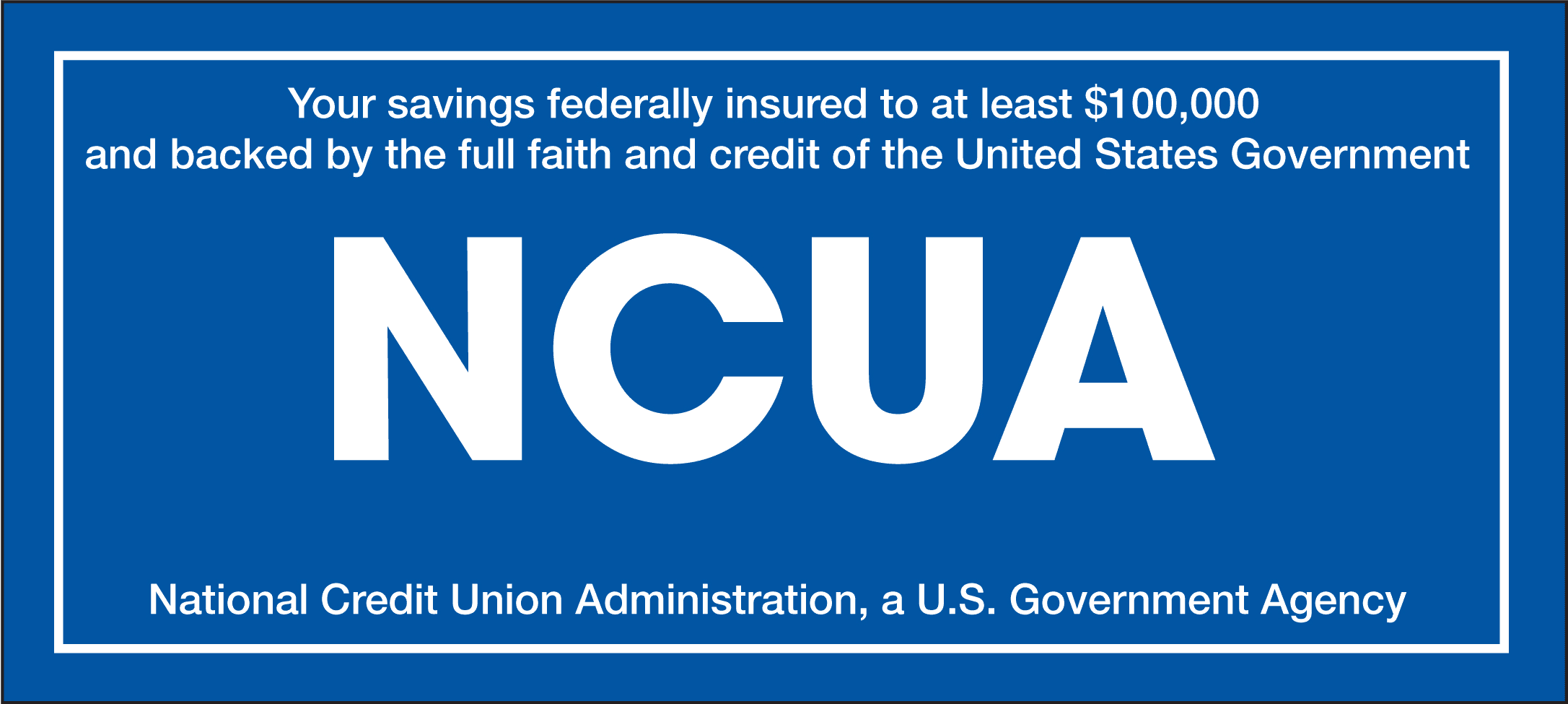
Share Certificate Information
Phone: (423) 648-3413, Fax: (423) 698-2912, email: epbecu@epbecu.org
|
Share certificates are the safest and highest paying investments the Credit Union offers. Safest - because your total investments are insured by the National Credit Union Administration to at least $100,000; and, highest paying - because we contract with you at a fixed percentage rate over the full term of the certificate. Therefore, your investment is not subject to market fluctuations and uncertainty. Also, we pay dividends as often as each month. Most commonly, dividends are paid quarterly on the anniversary date of the opening of the certificate. Dividends can be paid by check, transferred to a share or draft account, or credited to the certificate account. |
Common features to all certificates:
|
